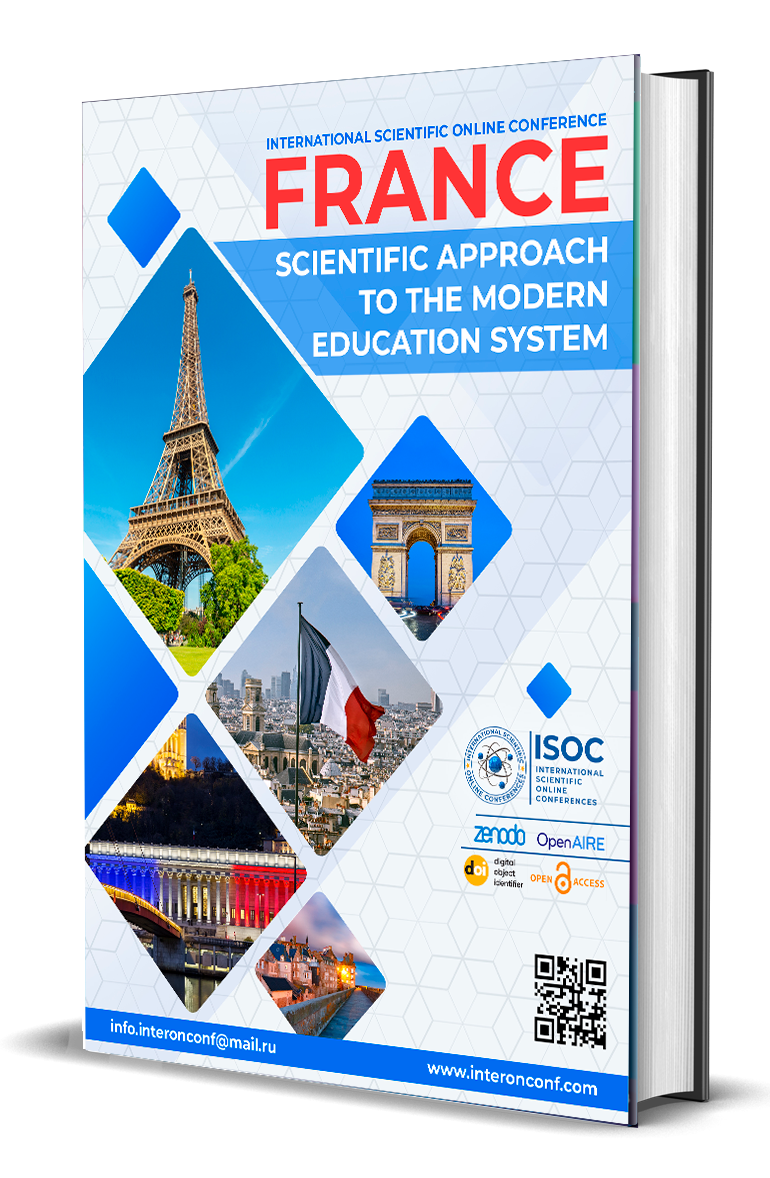THE HISTORY AND CURRENT STATUS OF COMPUTATIONAL LINGUISTICS
Keywords:
computer linguistics, machine translation, digitalization, globalization, automatic translation system, computerizationAbstract
The thesis examines the current state of such a scientific direction of linguistics as computer linguistics, and one of its key objects – machine translation. The latter attracts the attention of the scientific community: problems of machine translation are discussed at scientific forums, the results of the development and implementation of machine translation systems are presented at exhibitions of scientific and technological development in different countries. The number of automatic translation systems increases every year, and increasing competition between them contributes to their improvement. Globalization and digitalization of society have led to almost complete computerization of all spheres of human activity - it has a strong influence on the global scientific community and the promotion of interdisciplinary research
Downloads
References
Baranov A. N. Computer linguistics // Great Russian Encyclopedia. [Electronic version] (2016). URL: https://bigenc.ru/linguistics/text/2087783
Grishechko O. S. Interlingua: genesis, evolution and some features // Humanitarian and social sciences. 2016. No. 6. pp. 66–73.
Demyankov V.Z. The problem of understanding as a subject of computational linguistics // Linguistic support of information systems. M.: INION AN SSSR, 2017. pp. 102–142.
Eremeeva G. R. Resolution of anaphora in computational linguistics // Kazan Linguistic Journal. 2018. T. 1. No. 1. pp. 57–66.
Sharipova Mukhabat Erkinovna, Ataullaev Fazliddin Fakhriddin Ugli, Sadikov Temur Umirzakovich, Uralov Ozodjon Sharipjonovich, Israilova Dildora Atxamovna, PROBLEMS OF USING INTERACTIVE METHODS IN LEARNING FOREIGN LANGUAGES. doi: 10.48047/ecb/2023.12.si4.1445





